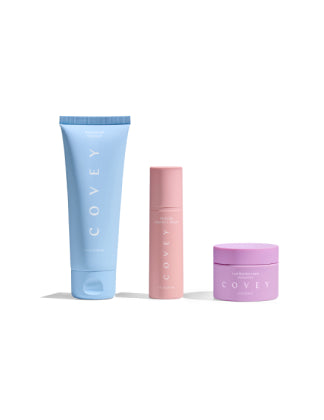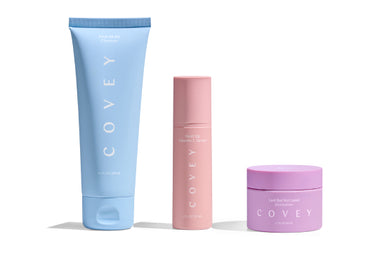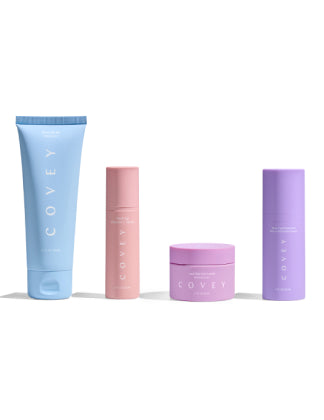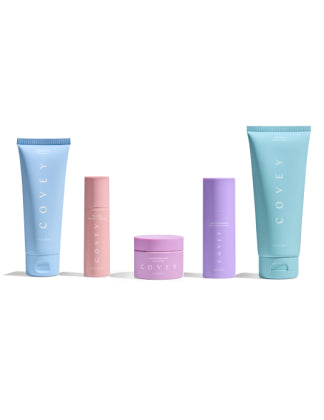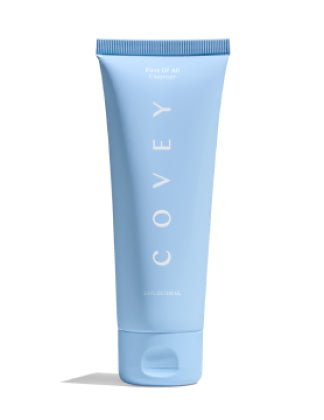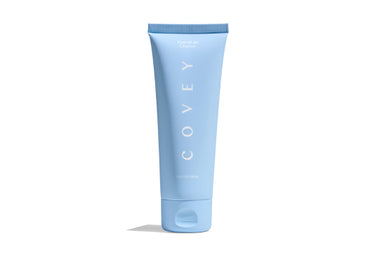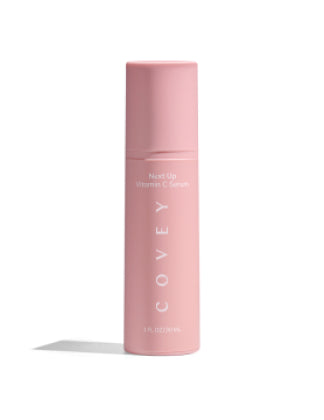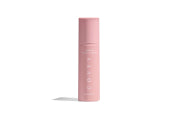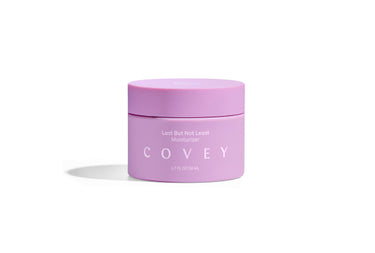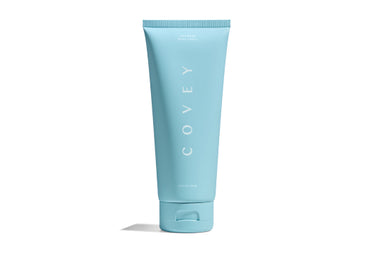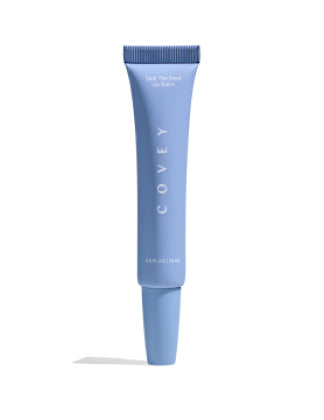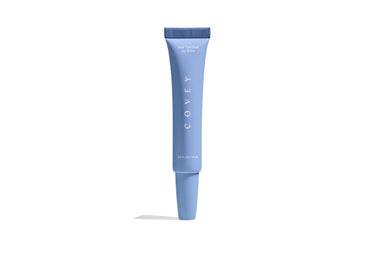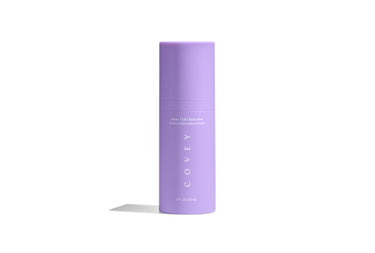
Humectants vs. Emollients vs. Occlusives: What These Ingredients Mean in Skincare
You’ve probably heard that skincare is alllllllllll about hydration, but girlies, we’re here to tell you that extends way beyond guzzling water and washing your face before bed (though that certainly helps matters).
Hydration happens at the molecular level (science!) and is influenced by factors like your genetics and your environment.
There are three popular types of ingredients — humectants, emollients, and occlusives — that appear time and time again in hydrating skincare formulas. But how do you know what each does? How can you tell a humectant vs. an emollient vs. an occlusive and what your skin needs?
Let’s get into it.
Humectants vs. Emollients vs. Occlusives
What each ingredient type does:
Humectants (also known as hydrators) pull water into the skin, drawing moisture from the air to keep skin hydrated. Water-based and oil-free moisturizers often fall into the humectant category. Humectants are lightweight and easily absorb into the skin, but experts stress that it's best to apply hydrators to slightly damp skin.
These can be applied during any step in your skincare routine, and many products already contain popular humectant ingredients like hyaluronic acid and glycerin. Derms recommend sealing in your humectant's hydrating properties with an occlusive (we'll get to that soon!)
Emollients tend to be thicker in texture, and are often used in rich, hydrating creams. They help keep skin smooth and supple, soften texture, all while repairing or maintaining a healthy skin barrier. Emollients are soothing, which is particularly helpful for dry or aging skin. A few examples of emollients are shea butter or squalane.
Occlusives create a physical barrier to lock moisture into the skin, which prevents trans-epidermal water loss. Occlusives are terrific for really dry skin, but sometimes the heavier consistency of occlusives and use of comedogenic ingredients can cause breakouts depending on your skin type. You probably have also heard about occlusives as it relates to slugging, a popular skincare and TikTok trend.
Popular Humectant Ingredients
- Hyaluronic acid
- Aloe vera
- Glycerin
- Honey
- Salicylic acid
- Alpha-hydroxy acids (AHAs)
Popular Emollients
- Squalane
- Ceramides
- Lanolin
- Triglycerides (fatty lipids)
- Colloidal oatmeal
Popular Occlusives
- Petrolatum
- Oils like jojoba or argan
- Silicons
- Beeswax
- Shea butter
- Squalane
Note that many emollients also double up as occlusives!
Emollient vs. Occlusive
In the battle of emollient vs. occlusive, it really depends on what your skin is hungry for. Your skin type plays a role in knowing what ingredients will work for you and deliver a much-needed hydrating boost.
Opt for an occlusive if you have extremely dry or damaged skin that needs serious repair.
If you have somewhat dry skin and are concerned about aging, consider formulations with emollients in them, which are rich and help restore the skin barrier.
Humectants vs. Emollients
Humectants are great for those with oily or combo skin, whereas the richness of emollients can sometimes be too much for those skin types and contribute to breakouts.
Putting it all together
Many skincare formulas will already leverage a combo of humectant, occlusive, and emollient ingredients to give you ultra-hydrating products like Covey's Last But Not Least Moisturizer, which contains humectants like hyaluronic acid and glycerin as well as emollients like squalane.
These superstar ingredients keep the skin barrier healthy, provide all-day hydration, and, of course, leave skin soft and smooth.


